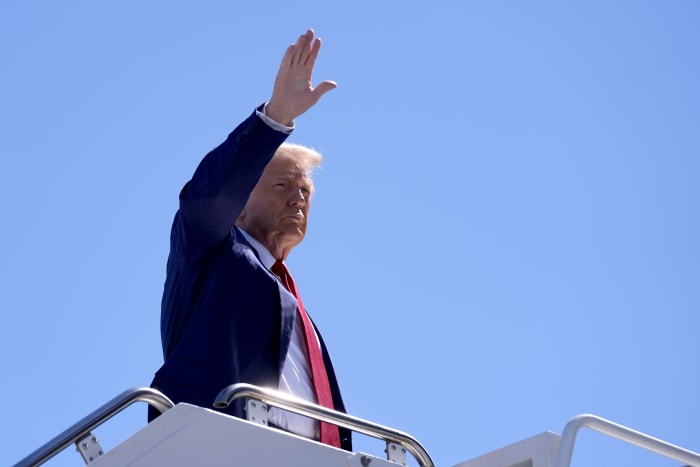The Challenges of Protecting High-profile Leaders

For the second time in more than two months, the Secret Service, responsible for protecting the highest echelon of American leaders, is under scrutiny. This time, after a gunman hid in the shrubs along the fence of former President Donald Trump’s golf course for 12 hours.
The man did not manage to take a shot, but the incident raises questions about how he could get so close to Trump, especially after the security was enhanced following a previous near-death experience in July.
Biden administration officials commended the agency’s response, pointing out key differences between this incident and previous security lapses. The former Secret Service agents emphasized the challenges of protecting a sprawling area such as a golf course, even with enhanced security measures in place.
Following the incident, concerns were raised about the need for additional resources for the Secret Service to protect not only presidents but also visiting dignitaries in a politically charged environment. President Joe Biden and some Republicans are advocating for increased funding for the agency.
The evolution of security measures around Trump, including the recent addition of countersurveillance and countersniper resources, reflects the ongoing efforts to enhance his protection after previous security breaches.
In the aftermath of the incident, calls for more personnel and resources for the Secret Service have been gaining momentum. Lawmakers are considering allocating additional funds to address the agency’s immediate needs.
Former agents and experts stress the importance of constructive criticism and support for the Secret Service, acknowledging the complex challenges they face in ensuring the safety of high-profile individuals amidst a volatile political landscape.
The recent attempt on Trump’s life underscores the ongoing need for vigilance and adequate resources to safeguard leaders in an increasingly hostile environment.
Copyright 2024 The Associated Press. All rights reserved. This material may not be published, broadcast, rewritten or redistributed without permission.






